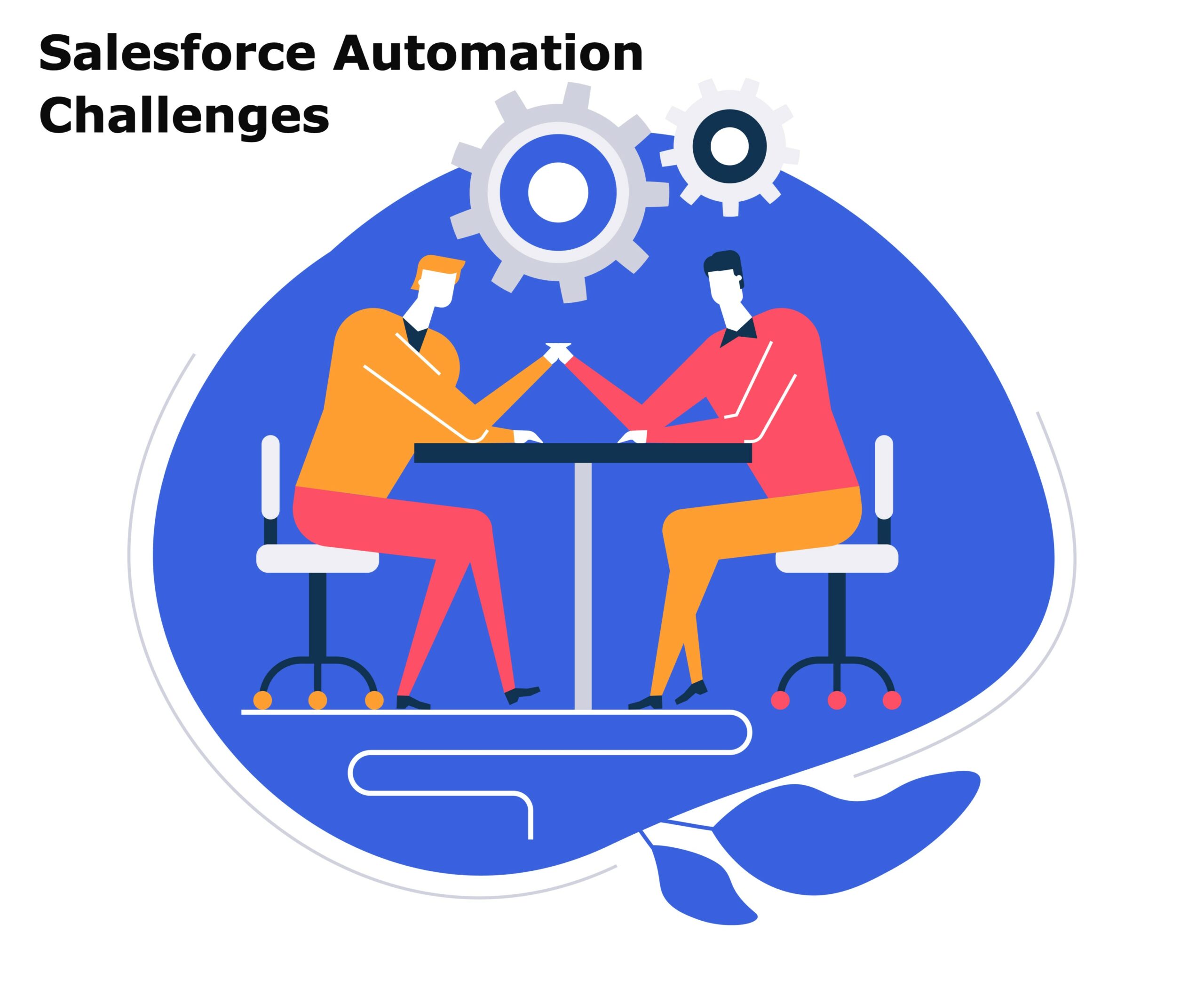Sales Force Automation Challenges and Tips to Tackle Them
All businesses share one ultimate goal, is to reap more revenue and perform better. Therefore, the vast majority of companies keep an eye on the latest technological solutions and try to get the best out of them. Sales force automation brought a great deal of ease and efficiency to sales teams and has radically replaced the old and traditional ways with automated and intuitive ones.
But sales force automation, as many other management systems, comes with its own challenges, and unless it is implemented and employed well, it might not be as effective as expected.
After listening to our clients and discussing their challenges, we decided to share what we learned about their major challenges and how we worked together to resolve them.
Sales Force Automation Challenges
It is now indispensable to implement sales force automation to manage and maintain sales operations and field teams, and no doubt that many companies are enjoying the benefits of this technological solution.
However, during and after the implementation of sales force management software a number of challenges might occur and puts the success of SFA solution at risk. Let’s scope out the major automation challenges and suggest how companies can overcome them:
1. Lack of User Involvement
The end users need to create a full understanding of shifting to new ways, and when they are not in the loop from the beginning, they will not be ready to adapt with the change and can misunderstand the purpose of sales force management.
Solution:
Explain the advantages of SFA implementation with the end users from the beginning and comfort your team that the implementation of this software is to raise efficiency and performance not to micromanage their moves and actions.
2. Ambiguous Understanding
The lack of clarity and holistic understanding of the purpose of the software implementation and its impact on the workflow.
It makes sense that stakeholders can’t find the time to fully understand the nitty-gritty of a sales force automation solution, leaving their teams struggling and confused with the system.
This could result in faulty implementation and teams unable to resolve technical issues. Furthermore, if the problem persists, more serious outcomes can result including transferring or migrating wrong data, leading to possible data loss.
Solution:
Dedicate enough time to provide full training and orientation of end users, whereas a large amount of training should be paired with real implementation, whether through online sessions or one-on-one interaction. One more thing to bear in mind is to keep the users abreast of any updates or changes in the application through arranging periodical orientation about software.
3. Poor Data Organization
To effectively implement a sales force management solution, you’ll need to make sure that you’re using structured data. Having inaccurate and unstructured data makes it difficult to access key information including sales routes, clients information, products, payments, etc.
Solution:
Data must be broken down and well-structured to easily access information and detailed knowledge of products, payments, and clients. Likewise, organized data are easier to integrate within the system.
4. Lack of Integrations
One of the major challenges to organizations is not being able to establish connections between the sales force management software and other services such as MySQL, QuickBooks, Intercom, Zoho CRM, Slack, Mailchimp, etc. Integration makes sales force automation software work at its best, and when your SFA solution doesn’t integrate with other services, accessing all data from one place can be a hassle.
Besides, integrations allow automating more tasks, sales forecasting, making better sales decisions, and modernizing your data infrastructure.
Solution:
Define your business needs and make sure that your SFA solution integrates with a decent number of apps and services. Also, know what integrations your business needs and ask as many questions as it requires to make a wise decision.
5. Complicated Sales Force Implementation
The reason why businesses opt for salesforce management solutions is to reduce cost, increase profits, and enjoy the ease of managing sales processes and teams. And since the implementation of a salesforce solution shouldn’t be rocket science, the overly complicated solutions can’t be used seamlessly by all users, and users with little or no tech knowledge will struggle with it.
Solution:
Make sure that your SFA provider enables access to multiple resources and helps you get familiar with features, dashboards, mobile apps, etc. You can also avoid the headache through testing the software in advance, which means you need to narrow down your options to providers who offer a free trial on their SFA system.
Final Thoughts
SFA Challenges vary from one business to another, but there are some common challenges that are preventable by following some cautious steps and making sure that your salesforce automation provider has reliable customer support. However, challenges are inevitable and if seized wisely, they can be a good reason for constant growth and enhancements.
